While some animals are known for their majestic beauty or impressive strength, others have adopted some rather questionable hygiene habits. From mud-loving mammals to insects with unusual cleaning routines, these creatures embrace the gross and gritty side of life. But hey, who are we to judge? Grab your hand sanitizer and join us on this wild journey through the animal kingdom’s dirtiest secrets.
1. Pigs: Rollin’ in the Stink
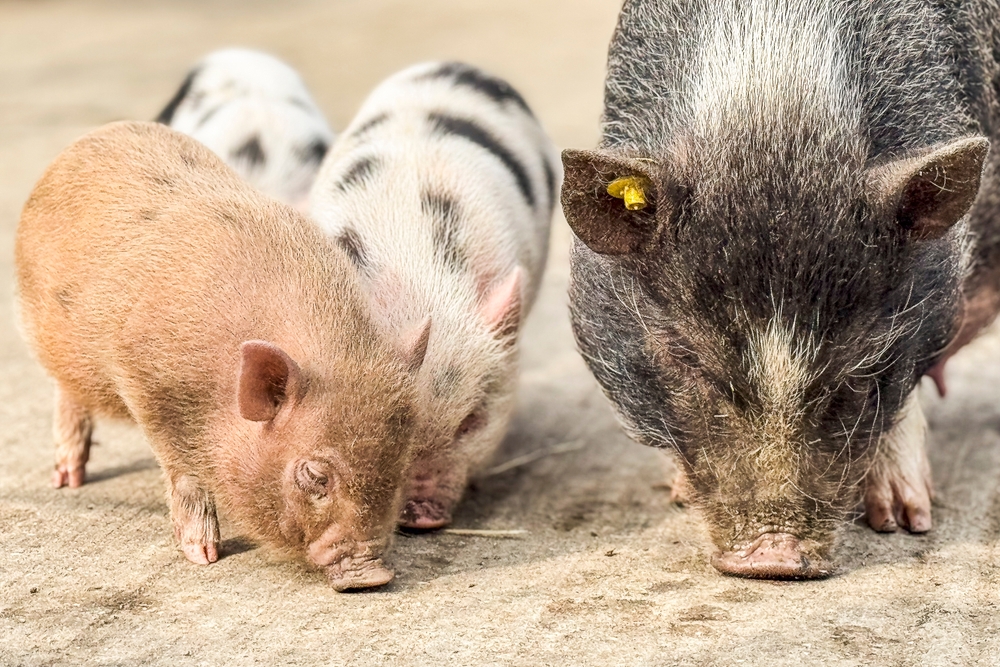
Pigs have quite the reputation for being filthy, but it turns out, they’re actually pretty tidy by nature. Their love for wallowing in mud serves a dual purpose: cooling off and bug repellent. But some animals take things a step further by rolling in more, shall we say, fragrant substances. Wolves and foxes, for instance, are known to cover themselves in rotting carcasses or dung. This lovely perfume helps mask their own scent from prey or rivals. Talk about a signature scent—just maybe not one you’d want to bottle.
2. Stink Birds: Spit Bath

You might think of birds as dainty, but the hoatzin of South America breaks the mold. Known as the “stinkbird,” its diet of leaves causes it to regurgitate a malodorous paste. But the hoatzin isn’t the only creature using spit as a cleaning agent. Camels, for instance, have no problem using their own saliva to clean their noses, and some fish use spit to create protective mucus cocoons. It’s nature’s version of a DIY bath, just a bit more unorthodox than your average shower.
3. Capybara: Bathing in Urine
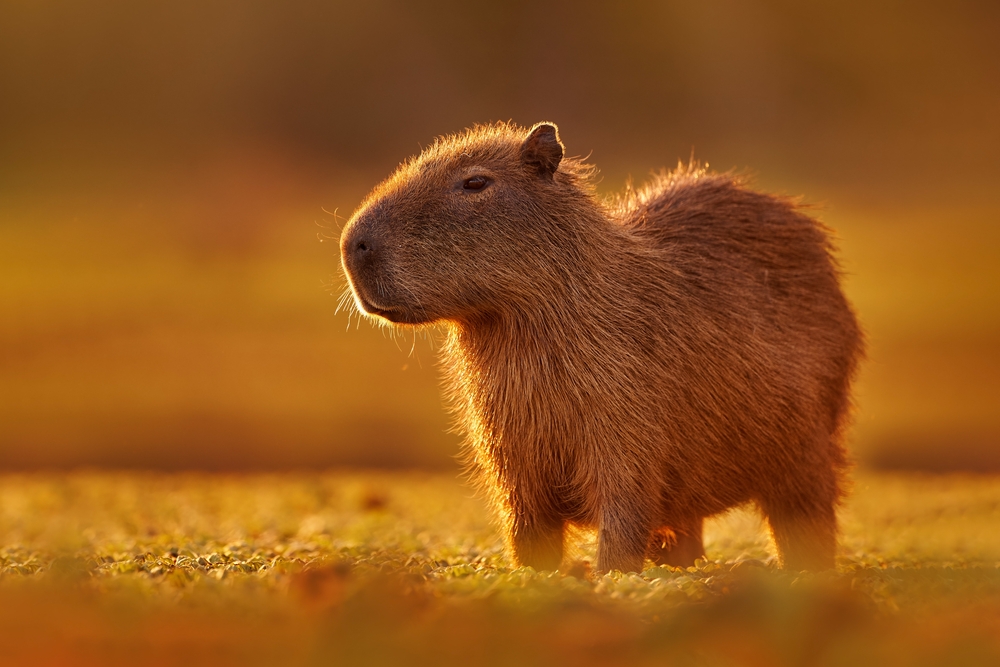
When you’re a capybara, the world’s largest rodent, you’ve got to get creative with your hygiene. Capybaras are known to relieve themselves in water, where they also often bathe, effectively creating a natural spa of sorts. While it might sound unappealing to us, this helps them maintain their social bonds and scent-mark their territory. And they’re not alone—some species of bats and even elephants rely on urine to keep themselves cool and communicative. It’s a unique take on the concept of a bubble bath.
4. Sloths: Green Algae Hairdos
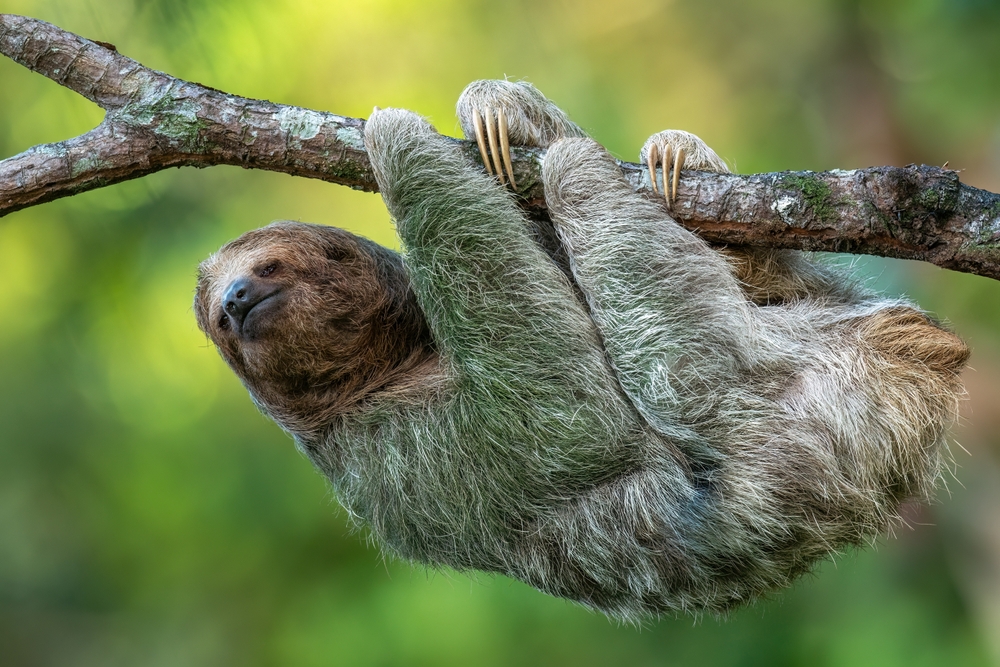
Sloths are slow-moving creatures that spend most of their lives hanging out in trees. But their leisurely lifestyle comes with a unique side effect: their fur becomes a mini-ecosystem. Algae grows on their hair, giving sloths a greenish tint that acts as camouflage in the jungle. But wait, there’s more—moths and beetles also call this fur home. It’s a living, breathing fashion statement that makes the sloth one of the grimiest trendsetters in the animal kingdom. Move over, fashion week.
5. Dung Beetles: Poop Patrol
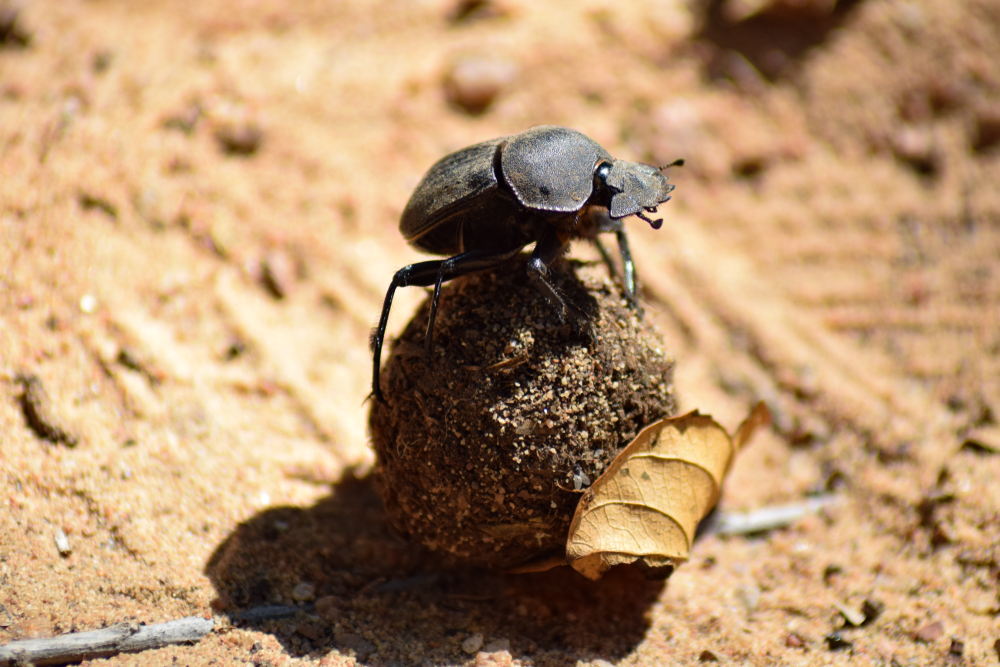
Dung beetles are nature’s sanitation workers, and boy, do they love their job. These tiny insects are experts at collecting, rolling, and burying animal feces, which they use as a food source and breeding ground. Incredibly, some dung beetles can roll balls of dung up to 50 times their weight. While it might sound like the worst job ever, it’s essential for nutrient cycling and ecosystem health. Plus, dung beetles have inspired countless myths and legends, proving that one creature’s trash is truly another’s treasure.
6. Archerfish: Spit or Swim
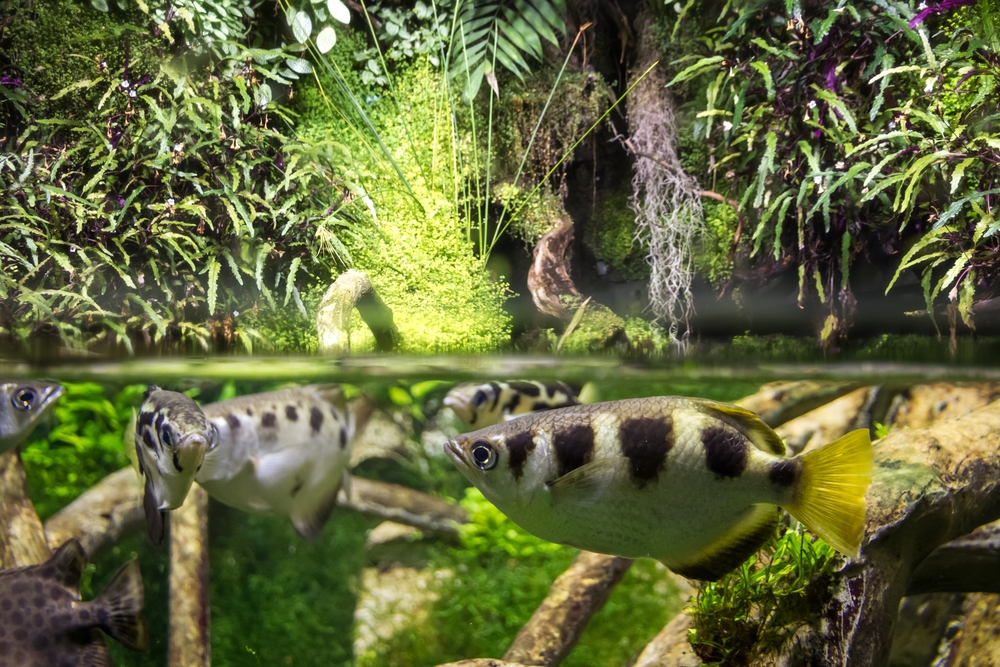
Archerfish are known for their remarkable ability to spit jets of water at insects, knocking them into the water for a quick snack. This watery projectile might not seem hygienic, but it’s a unique adaptation that turns dinner into a splashy affair. And they’re not alone—some species of ants use their spit to create sticky barricades against intruders, and certain frog species use saliva to trap insects. These spit-tastic techniques might seem odd, but they show how animals use their bodily fluids to get ahead.
7. Prairie Dogs: Communal Bathing
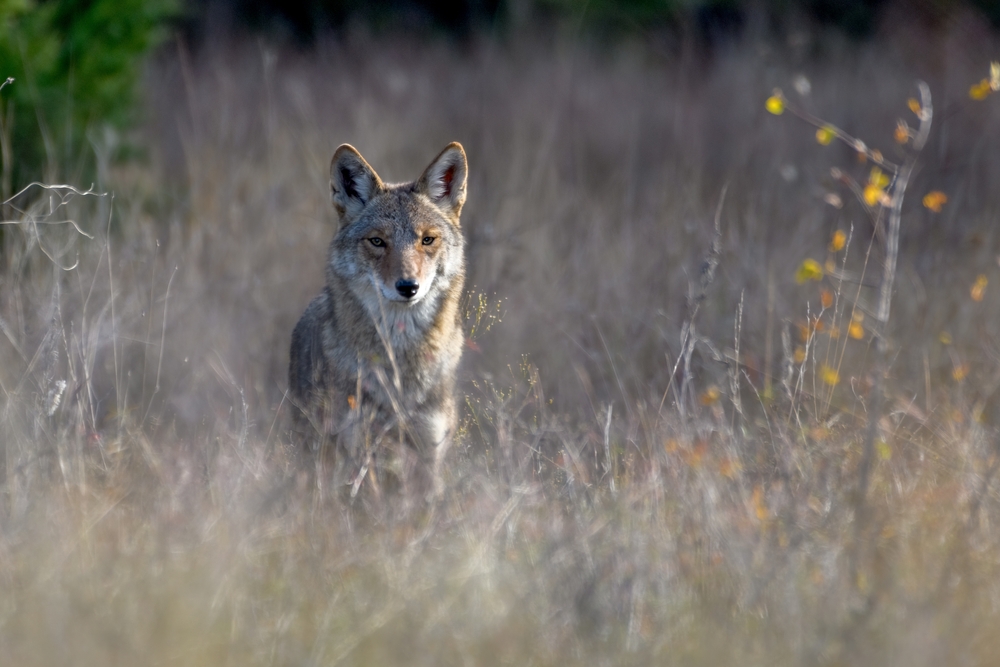
For prairie dogs, it takes a village to stay clean. Despite living in dusty underground burrows, these social rodents keep tidy by grooming each other within their community. This communal cleaning not only removes dirt and parasites but also strengthens social bonds. And they aren’t the only ones enjoying group grooming sessions; monkeys, particularly macaques, often participate in social grooming, which helps them maintain cleanliness and social harmony. It’s a reminder that sometimes, self-care is better with a little help from your friends.
8. Chinchillas: Dust Baths
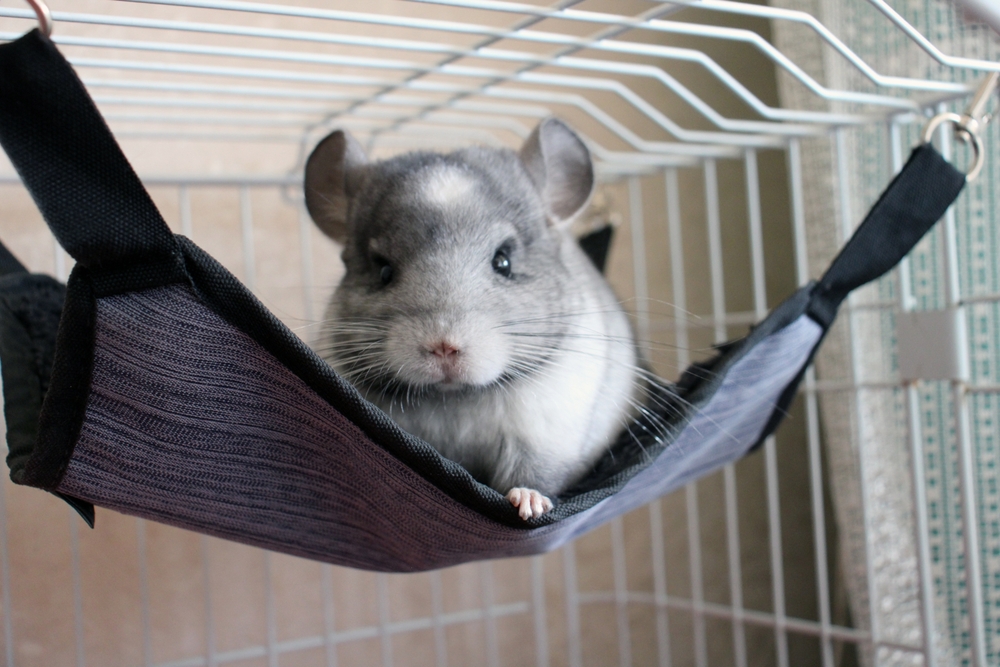
When it comes to hygiene, chinchillas are the masters of the dust bath. These adorable rodents roll around in volcanic ash to absorb oils and moisture from their fur, keeping them dry and fluffy. Similarly, birds like sparrows and ostriches take dust baths to combat parasites and maintain their plumage. Dust bathing might seem counterintuitive, but it’s a brilliant way for animals to stay clean without water. Plus, who doesn’t love a good roll in the dirt every now and then?
9. Hoopoe Birds: Foul Play
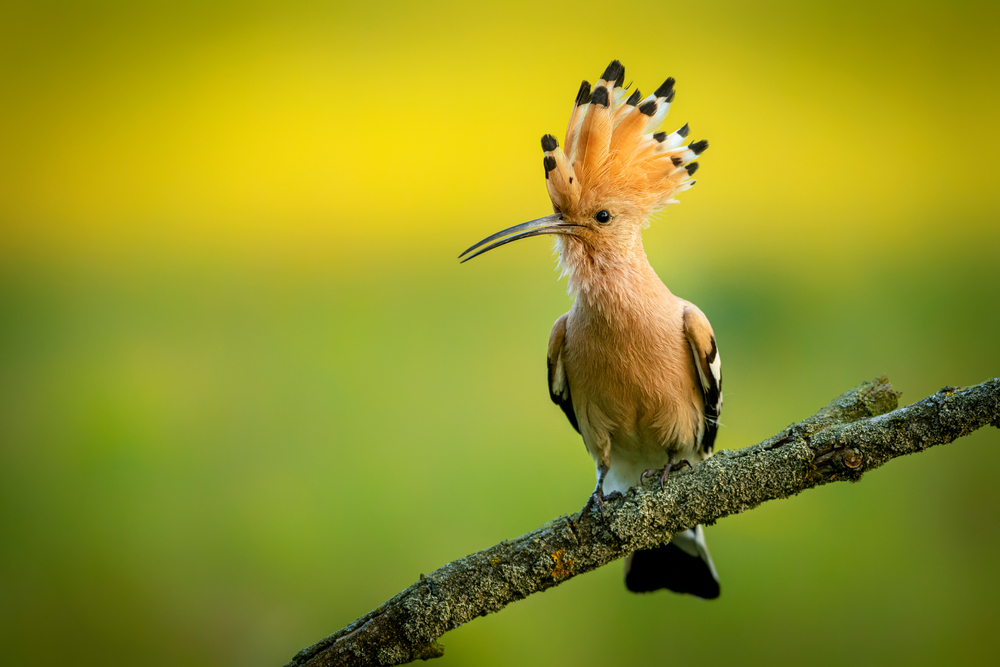
The hoopoe bird is a master of unconventional cleanliness. When threatened, this bird produces a foul-smelling substance from a gland near its tail, which it then spreads onto its feathers. This odor deters predators and parasites, making it an effective, albeit smelly, defense mechanism. It’s an alternative approach to personal hygiene that says, “Stay away!” While it might not win any awards for best-smelling bird, the hoopoe’s unique strategy ensures its survival in the wild.
10. Parrotfish: Mucus Cocoon
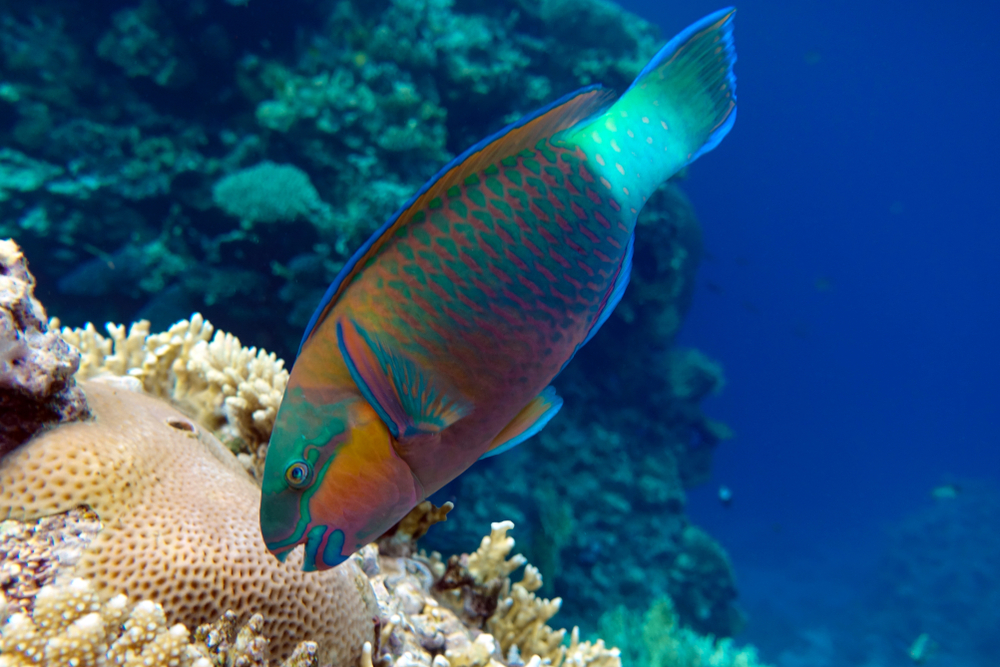
Parrotfish have a bizarre yet effective bedtime routine—they secrete a mucus cocoon around themselves before sleeping. This slimy barrier protects them from parasites and predators while they snooze. While it might not be the most glamorous way to catch some z’s, it gives new meaning to “beauty sleep.” This mucus marvel highlights how even the grossest habits can serve a vital purpose in the wild, proving that nature never stops finding inventive ways to survive.
11. Birds: Bizarre Ant Bath
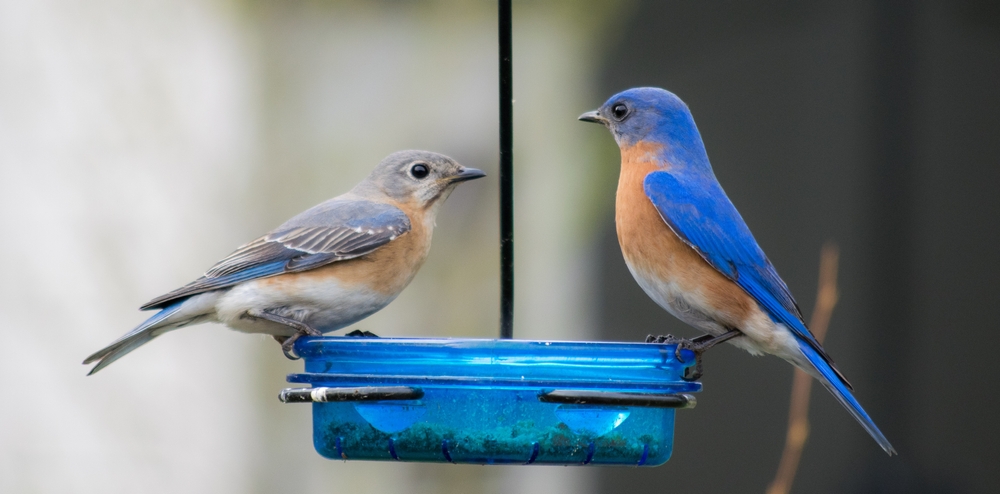
Ever heard of a bird bathing in ants? Some birds practice “anting,” where they rub ants or their secretions on their feathers. The formic acid produced by ants acts as both a pesticide and fungicide, keeping the bird’s plumage in top condition. Although it sounds like an uncomfortable spa treatment, this natural pest control method is surprisingly effective. It’s another reminder that sometimes a little weirdness goes a long way in maintaining good hygiene in the animal kingdom.
12. Warthogs: Mud Masks
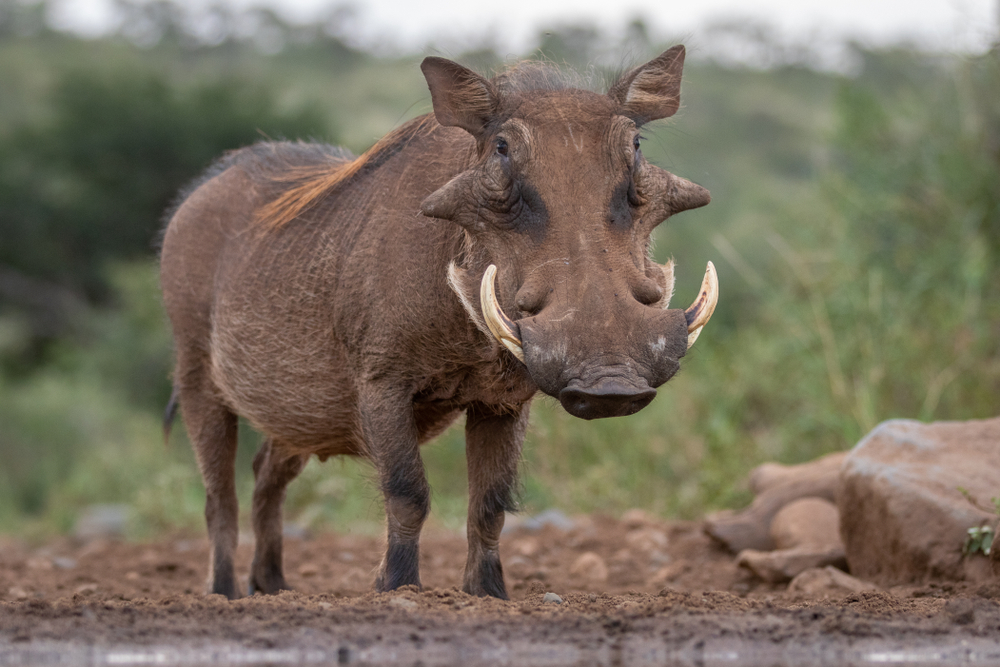
Warthogs have a penchant for mud baths, but it’s not just for cooling off. The mud acts as a natural sunscreen and bug repellant, protecting their skin from the sun’s harsh rays and pesky insects. Other animals, like rhinoceroses and elephants, also enjoy rolling in the mud for similar reasons. While it might look like a messy affair, these mud rituals prove that sometimes, getting dirty is the best way to stay clean. It’s a beauty routine straight from Mother Nature’s spa.
13. Beavers: Smelly Showers
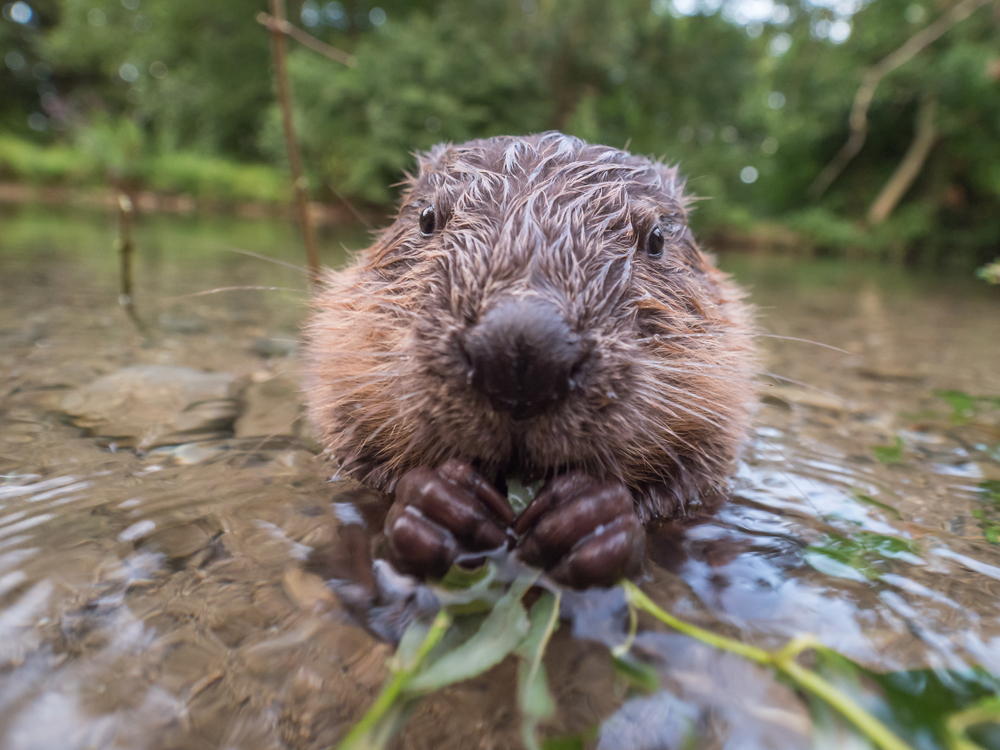
Beavers are industrious creatures known for building impressive dams, but they also have a unique way of marking their territory. They produce a musky substance called castoreum from glands near their tails, which they use to scent-mark their surroundings. While it might not sound pleasant, this “scented shower” helps communicate with other beavers and establish territory boundaries. It’s a nifty way to keep the peace in the busy beaver world, proving that sometimes a little eau de castoreum goes a long way.
14. Turkey Vultures: Vomit as Defense
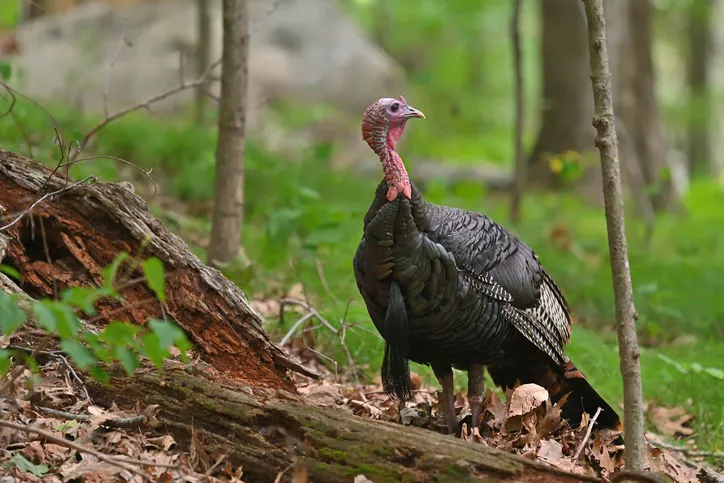
Turkey vultures might not win any beauty contests, but their defensive strategy is certainly effective. When threatened, these birds regurgitate their stomach contents, which are full of foul-smelling, partially digested meat. This vomit bomb serves as a deterrent to predators, making it a powerful, albeit gross, form of self-defense. It might not be the most pleasant way to ward off danger, but it’s a testament to the lengths animals will go to protect themselves in the wild.
